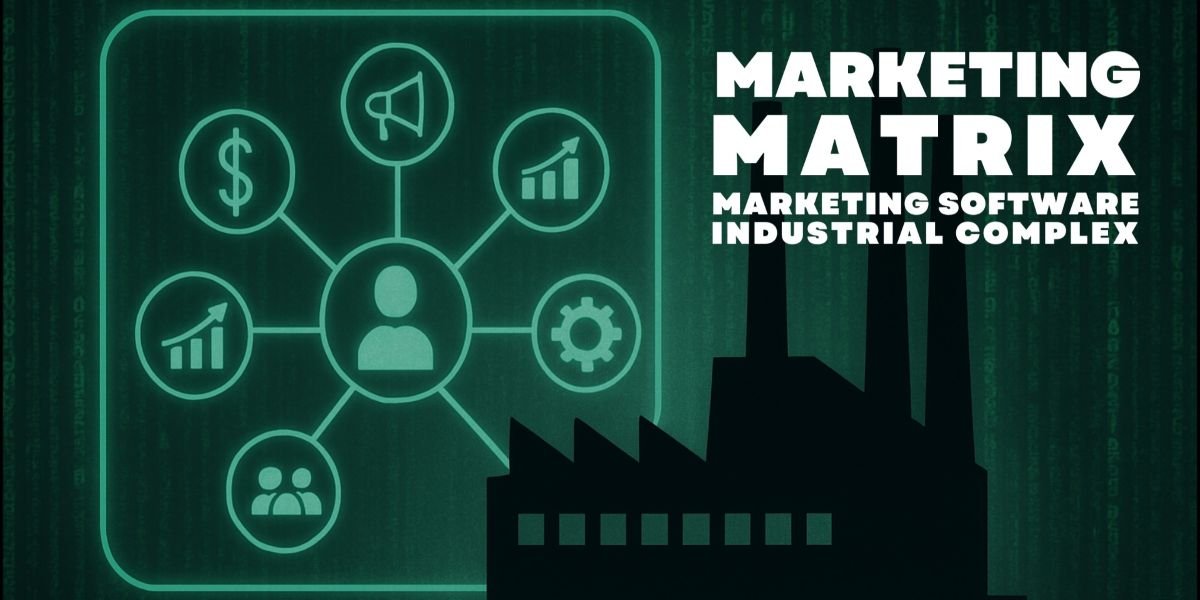Student loan repayment in San Francisco can present particular challenges due to the city’s high cost of living. While the city offers many opportunities, its housing, transportation, and general living expenses often require careful financial planning. For individuals managing student loans, understanding the options available for repayment, the resources accessible in the area, and strategies for coping with debt can be vital for staying on track and minimizing financial stress.
Read also: Why Renting Might Be the Best Choice for Millennials and Gen Z
What Types of Student Loans Are Common for Repayment in San Francisco?
In San Francisco, as in other parts of the United States, borrowers typically face two types of student loans: federal and private loans. Each type has distinct characteristics, and understanding these differences can be helpful when planning repayment.
Federal Student Loans: These loans are provided by the U.S. Department of Education and tend to offer several repayment options and protections that are not available with private loans. Some common federal loan types include Direct Subsidized and Unsubsidized Loans, as well as Direct PLUS Loans for graduate students and parents. Federal loans generally offer lower interest rates compared to private loans and provide various repayment options, such as income-driven repayment (IDR) plans, which may be useful for individuals managing higher debt and living costs in San Francisco.
Private Student Loans: These loans are offered by private financial institutions, such as banks or credit unions, and may have higher interest rates than federal loans. Private loans are generally more rigid in terms of repayment plans, and many lenders do not offer the same benefits or flexibility as federal loans. Repayment terms vary by lender, and creditworthiness may play a significant role in determining loan terms. In many cases, private loans can be used to supplement federal loans if additional funds are needed to cover education costs, but they come with different repayment structures and may not offer as many protections.
Both types of loans can affect an individual’s financial outlook, and understanding the specifics of each loan type is crucial when planning repayment strategies.
How Does San Francisco’s Cost of Living Affect Student Loan Repayment?
San Francisco’s high living costs can impact how borrowers manage their student loan repayments. The city’s housing market is one of the most expensive in the country, with rent and real estate prices that can make it difficult for graduates to manage their budgets while repaying loans. As housing is often one of the largest monthly expenses, students and graduates may find themselves allocating a significant portion of their income to housing costs, which may reduce the funds available for loan payments.
In addition to housing, transportation costs, healthcare, and other daily expenses are typically higher in San Francisco compared to many other areas. This can make it harder for individuals to prioritize student loan repayments, especially for those who are just starting their careers or who work in industries where salaries may not immediately align with the high cost of living.
The combination of higher living expenses and student debt can lead to financial strain, making it essential for borrowers to explore all available repayment options, adjust their budgets, and potentially seek additional resources or assistance.
What Are the Key Student Loan Repayment Options Available in San Francisco?
There are several federal student loan repayment options available to individuals in San Francisco, each offering different benefits depending on one’s financial situation. Understanding these options can help borrowers make more informed decisions about how to manage their loan repayments.
Standard Repayment Plan: Under the standard repayment plan, borrowers pay a fixed monthly amount over 10 years. While this plan is straightforward and offers predictable monthly payments, it may not be the most affordable option for those living in a high-cost city like San Francisco. The higher cost of living could make it harder for some borrowers to keep up with payments on this plan, especially if they are just starting their careers.
Graduated Repayment Plan: This plan allows borrowers to start with lower monthly payments, which gradually increase over time. This can be helpful for individuals who anticipate an increase in income over the coming years. However, while the initial payments are lower, the total amount paid over the life of the loan may be higher due to the interest that accumulates.
Income-Driven Repayment Plans (IDR): Income-driven repayment plans are designed for borrowers whose monthly income is not sufficient to cover standard loan payments. These plans set the monthly payment based on income and family size, which can help make repayment more manageable for borrowers in high-cost areas like San Francisco. IDR plans can also extend the repayment term, typically to 20 or 25 years, and any remaining loan balance after that period may be eligible for forgiveness, though this is taxable in some cases.
Extended Repayment Plan: The extended repayment plan allows borrowers to extend the repayment period up to 25 years. Although this option results in lower monthly payments, it also leads to a higher total interest cost over the life of the loan.
Pay As You Earn (PAYE) and Revised Pay As You Earn (REPAYE): These specific types of income-driven repayment plans calculate monthly payments based on income and family size. They can be particularly useful for borrowers who are dealing with substantial debt and high living costs, as they offer the potential for lower payments. However, these plans are not available to all borrowers, and there are specific eligibility criteria to meet.
Choosing the right repayment option depends on the individual’s income, debt load, and long-term financial goals. Borrowers in San Francisco may find that income-driven plans offer more flexibility to manage payments alongside the high cost of living.
Are There Any Forgiveness Programs for Borrowers in San Francisco?
Student loan forgiveness programs can provide significant relief for borrowers in San Francisco, particularly for those working in qualifying public service jobs. Understanding these programs can help borrowers reduce the amount of debt they need to repay.
Public Service Loan Forgiveness (PSLF): The PSLF program offers loan forgiveness to borrowers who work in qualifying public service jobs, such as government positions, non-profit organizations, and some other types of public service work. To qualify, borrowers must make 120 qualifying monthly payments under a qualifying repayment plan while working full-time for a qualifying employer. After 120 payments, the remaining balance of the loan may be forgiven. Given the number of non-profit and public sector employers in San Francisco, this program may be a useful option for those working in public service fields.
Teacher Loan Forgiveness: Teachers who work in low-income schools may be eligible for loan forgiveness after teaching for five consecutive years. While San Francisco’s schools may not always meet the criteria for this program, certain schools in the city may qualify, making it worth exploring for those in the education sector.
Income-Driven Repayment Forgiveness: Borrowers who participate in an income-driven repayment plan may be eligible for forgiveness after 20 to 25 years of qualifying payments. While this program can be helpful for borrowers with high loan balances, it is important to note that any forgiven amount may be considered taxable income.
What Are the Local Resources Available for Student Loan Borrowers in San Francisco?
In addition to federal loan repayment programs, there are several local resources available in San Francisco to assist borrowers with managing their student loan debt. These resources may provide financial counseling, workshops, and other forms of assistance to help individuals make informed decisions about their loans.
Non-Profit Credit Counseling: Non-profit credit counseling organizations in San Francisco offer services that help borrowers understand their loan repayment options, develop budgeting plans, and explore ways to reduce debt. These organizations may also provide access to financial education and workshops designed to improve overall financial literacy.
San Francisco Financial Literacy Programs: The city offers a variety of financial literacy programs aimed at educating residents on how to manage debt, understand student loans, and make smarter financial decisions. These programs can help borrowers in San Francisco navigate the complexities of student loan repayment and develop strategies to manage their finances more effectively.
Employer Assistance Programs: Some employers in San Francisco, particularly in large organizations, may offer student loan repayment assistance as part of their employee benefits package. These programs can help alleviate the burden of student loan debt by providing direct financial support for repayment.
How Can Borrowers Manage Student Loan Repayment in San Francisco?
Given the high living costs in San Francisco, managing student loan repayment requires a proactive approach. Some useful strategies for borrowers include:
Evaluating Repayment Plans: Understanding and choosing the best repayment option, whether it’s a standard, graduated, or income-driven plan, is essential for managing loan payments while balancing the high cost of living.
Budgeting: Creating and sticking to a budget that accounts for student loan payments, housing costs, transportation, and other living expenses can help prevent financial strain.
Exploring Forgiveness Options: Borrowers working in qualifying public service jobs should explore PSLF and other forgiveness programs to reduce the overall amount of debt they need to repay.
Seeking Financial Counseling: Utilizing financial counseling services and local resources can provide valuable guidance on how to manage student loans effectively, reduce debt, and maintain financial stability.
Read also: The Expansion of College Sports Programs in California
Navigating student loan repayment in San Francisco requires careful consideration of available options and strategies, particularly given the city’s high living costs. By understanding the repayment options, utilizing local resources, and exploring loan forgiveness opportunities, borrowers can make more informed decisions and reduce the financial strain of managing student debt.











